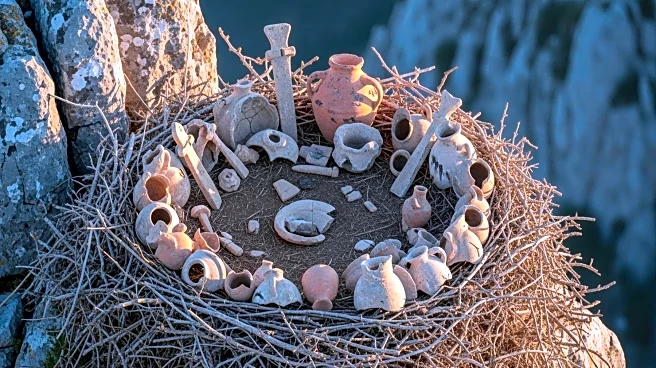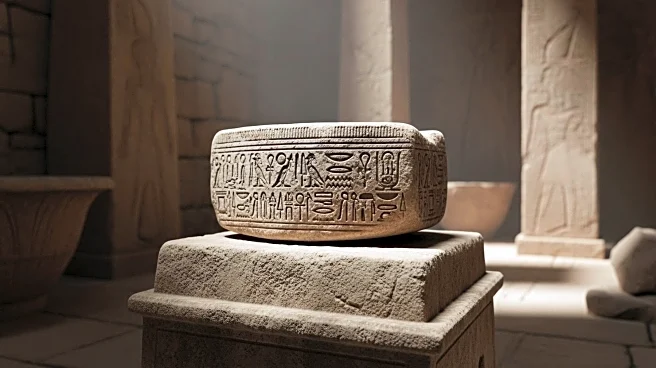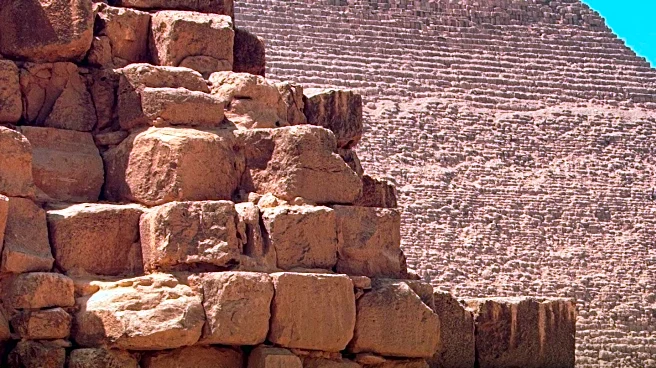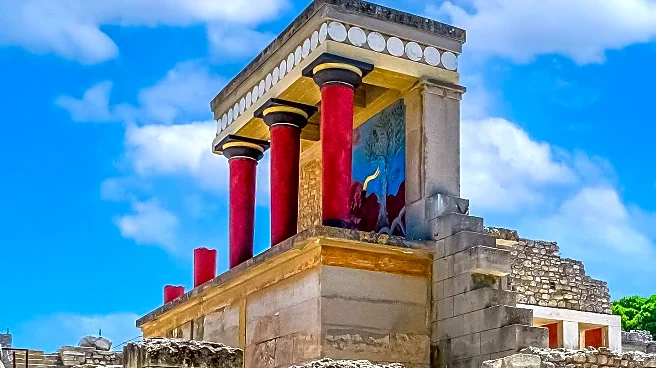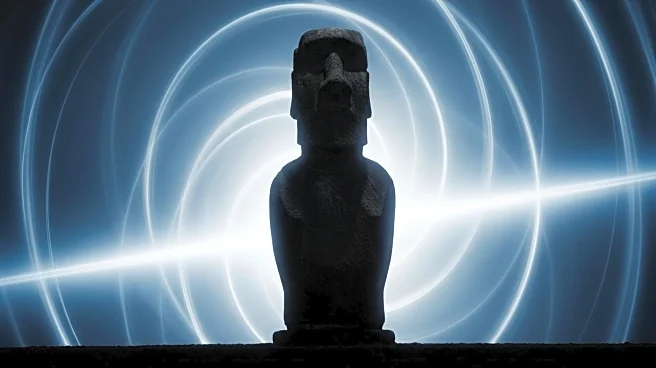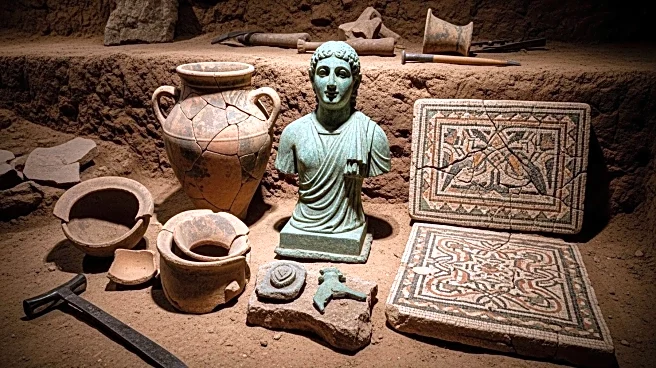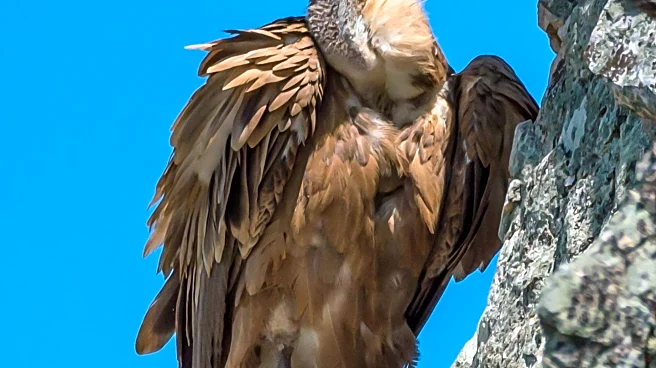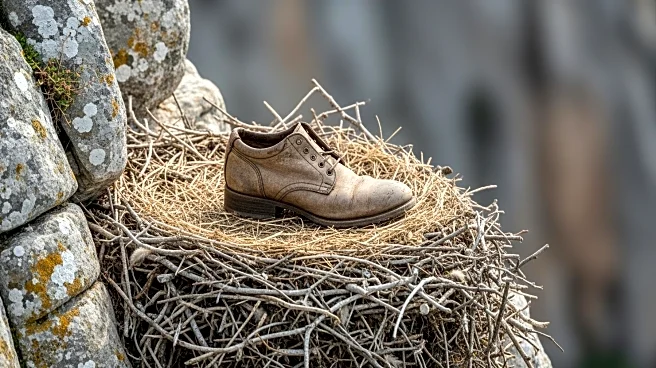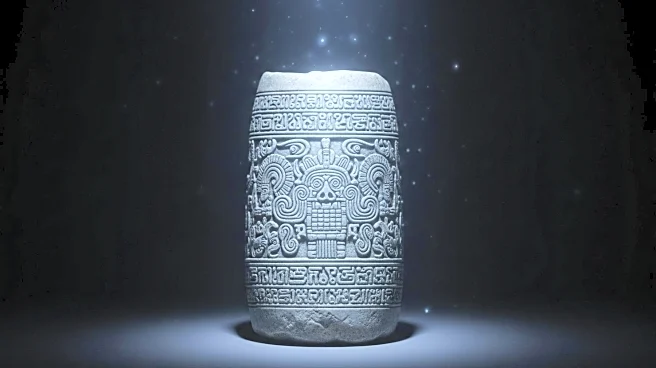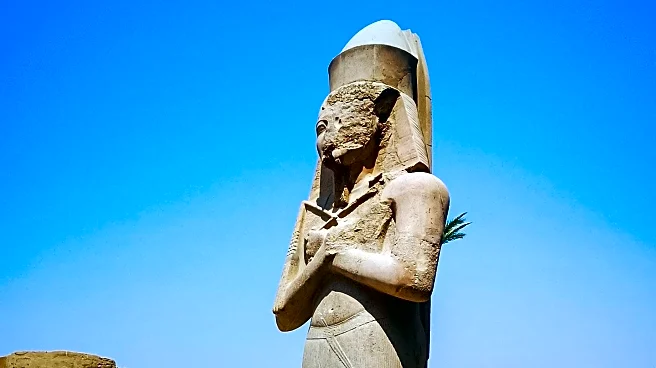What is the story about?
What's Happening?
Researchers have uncovered a significant trove of artifacts in vulture nests, including 2,483 objects with 226 identified as human-made. Among these artifacts are a 13th-century esparto sandal, a crossbow arrow, and a 630-year-old piece of decorated leather. This discovery provides a unique glimpse into the material culture of the past, revealing the types of objects that were used and discarded in historical times. The findings were made during an ecological study, highlighting the unexpected intersections between wildlife habitats and archaeological research.
Why It's Important?
The discovery of these artifacts in vulture nests is significant as it offers new insights into the historical use and disposal of everyday objects. Such findings can enhance our understanding of past human behaviors, trade, and cultural practices. The presence of these artifacts in natural settings also underscores the importance of interdisciplinary research, where ecological studies can contribute to archaeological knowledge. This can lead to a broader understanding of how human activities have historically interacted with and impacted natural environments.
What's Next?
Further analysis of the artifacts is expected to provide more detailed information about their origins and uses. Researchers may conduct additional studies to explore other wildlife habitats for similar archaeological finds. This could potentially lead to new methodologies in archaeological research, where natural environments are systematically surveyed for historical artifacts. The findings may also prompt discussions on the preservation of such artifacts and the ethical considerations of removing them from their natural settings.
Beyond the Headlines
The discovery raises questions about the long-term preservation of artifacts found in natural settings and the role of wildlife in the dispersal and preservation of human-made objects. It also highlights the potential for wildlife habitats to serve as repositories of historical information, offering new avenues for archaeological exploration. This could lead to a reevaluation of how artifacts are traditionally discovered and studied, emphasizing the need for collaboration between ecologists and archaeologists.
AI Generated Content
Do you find this article useful?
